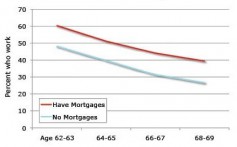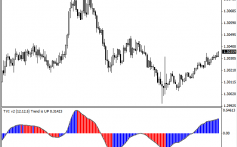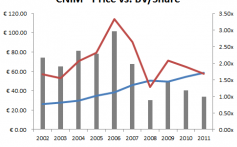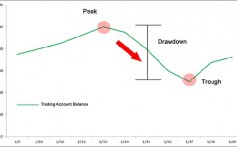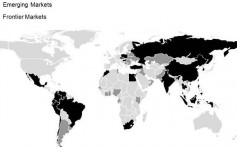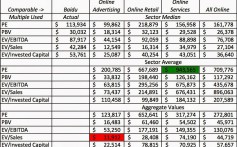General Electric Good News
Post on: 19 Май, 2015 No Comment
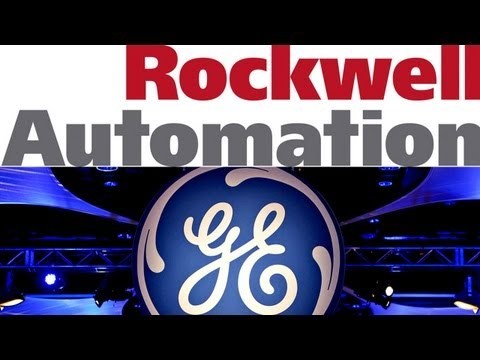
General Electric Co. (GE ) is a massive, diversified conglomerate with a market cap of $259 billion. With a company that size and so much diversification. nothing could go wrong, right?
A Different Kind of Diversification
Having a diversified portfolio is always a good idea. It protects you from downswings in specific sectors. Investing in a diversified company is also a good idea. And General Electric has rewarded its investors over the years (for the most part). That said, General Electric’s products and services are heavily tied to global economic conditions.
When global demand is high, General Electric tends to perform very well. It has a presence in 100 countries. It also has a presence in a myriad of industries. However, when the global economy slows, General Electric slows with it. Let’s take a look at two examples: The Tech Bubble and The Financial Crisis .
Tech Bubble/GE Share Price:
June 30, 2000: $57.18
Sept. 30, 2002: $24.65
Financial Crisis/GE Share Price:
In the first example, at least you could rely on dividends to help ease the pain. In the second example, dividends weren’t going to do much to help with such steep stock price depreciation.
While most stocks throughout the broader market suffered a 40%-70% during The Financial Crisis, there were some large-caps that held their own, only suffering 10-30% declines while still paying dividends. Translation: Even though General Electric is one of the most innovative and largest companies in the world, that doesn’t guarantee downside protection. (For more, see: Two Dividend ETFs You Need to Know .)
Loading the player.
Assuming there are no catastrophic economic events around the bend, let’s see if General Electric should look appealing from a dividend perspective.
Good News, Bad News
The good news is that General Electric currently yields 3.5%, which is considerably higher than the conglomerates average of 2.2%. General Electric’s dividend has grown for four years, with an average boost of 14% over those four years. General Electric has also paid a dividend for over a century, but there hasn’t been consistent dividend growth. (For more, see: Conglomerates with a Dividend Angle .)
The bad news is that Europe, Japan, and China are all having trouble delivering economic growth. Japan has a massive demography problem. Put plainly, its consumers are old, and older people don’t consume as much as younger people, who need homes and cars and to spend more in general. Europe is likely heading for deflation. but it’s craftily trying to stave it off. And China’s former exceptional growth is now just very good growth. While very good growth is a positive, it’s all about the direction. If growth slows, then demand for products and services offered by companies like General Electric also slow. This then leads to reduced revenue and net income growth.
That’s not the only bad news. General Electric is also dealing with increased pension costs for former employees. Perhaps General Electric’s focus on higher-margin operations will help offset this problem, but that remains to be seen. What is clearly evident is that General Electric underperformed the market in 2014, with its stock depreciating 4.1%. (For related reading, see: Why GE Will Never Break Up .)
The Bottom Line
General Electric is a highly innovative and exceptionally diversified company. But don’t make the mistake of thinking it’s a safe dividend investment thanks to its size. It’s actually a riskier dividend play than most large-caps. At the moment, those generous dividends are appealing, but don’t let your guard down. Pay close attention to the global economy, because it plays a big role in the success of General Electric and its stock price. Please do your own research prior to making any investment decisions. (For more, see: Invest in Dividend Aristocrats with this ETF .)
Dan Moskowitz doesn’t own any shares of GE.







